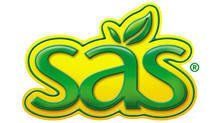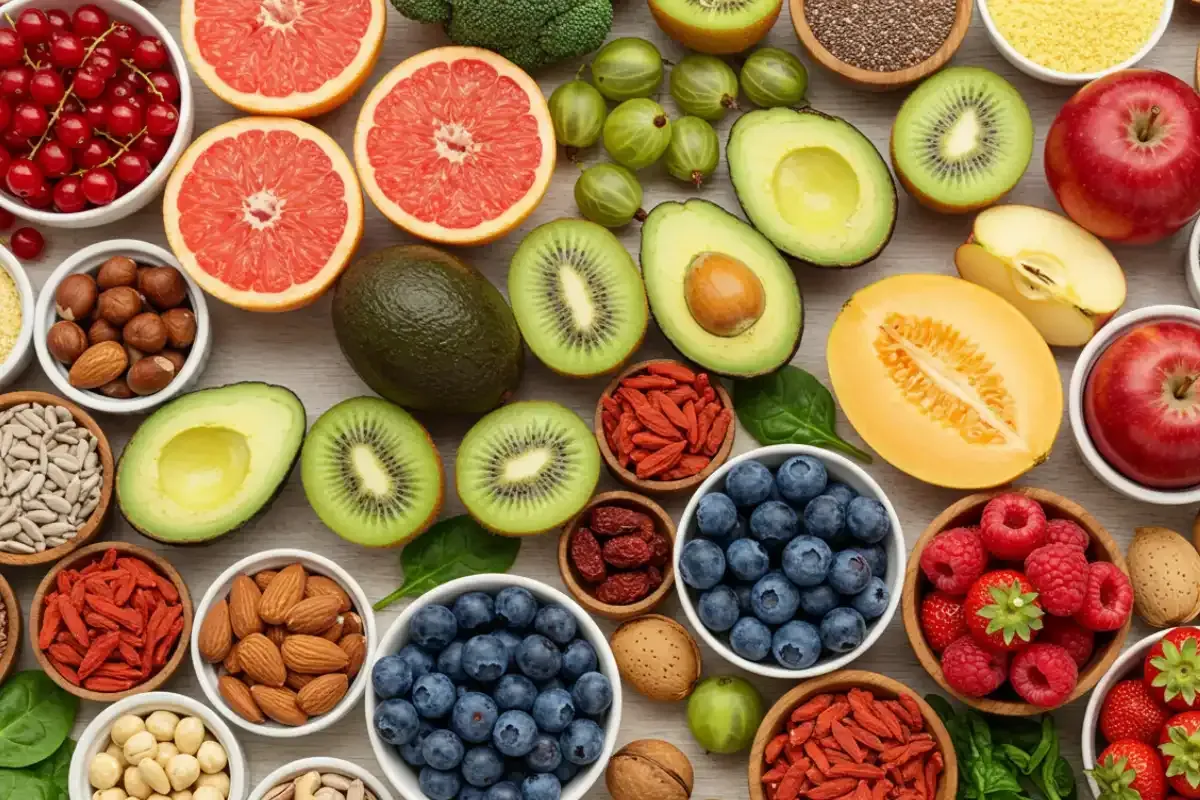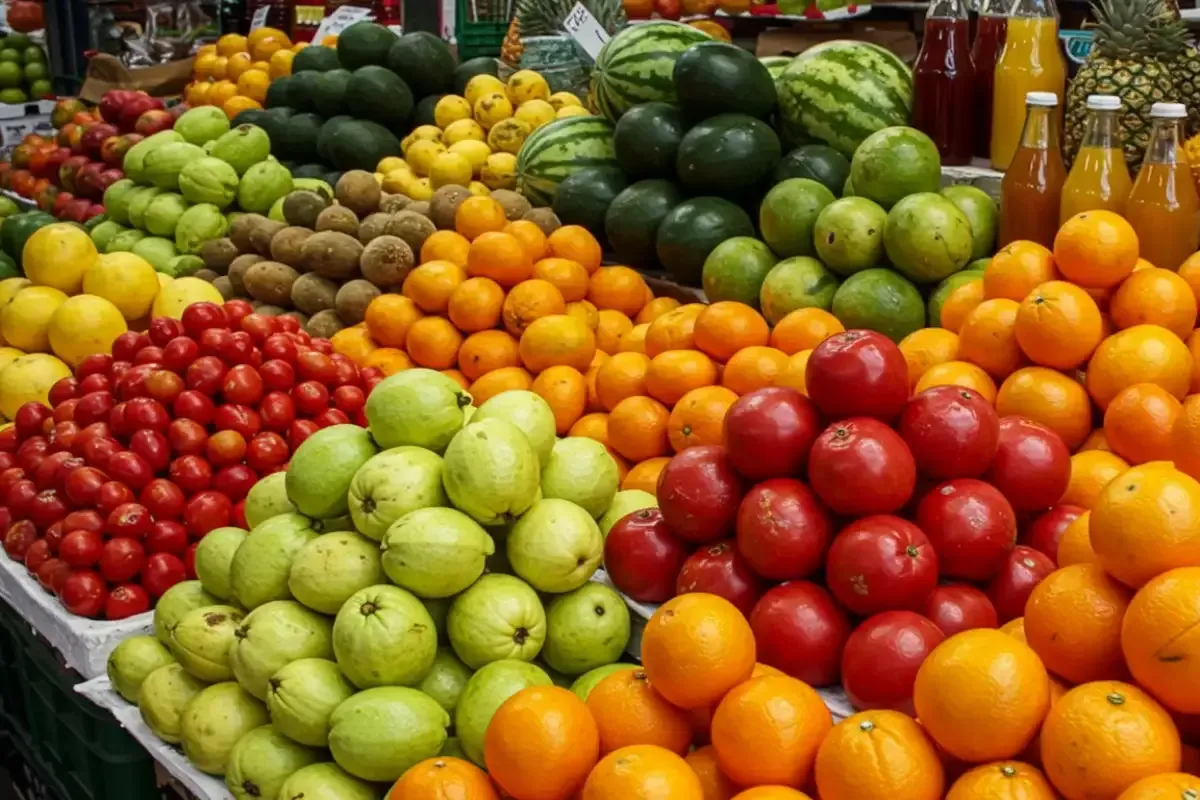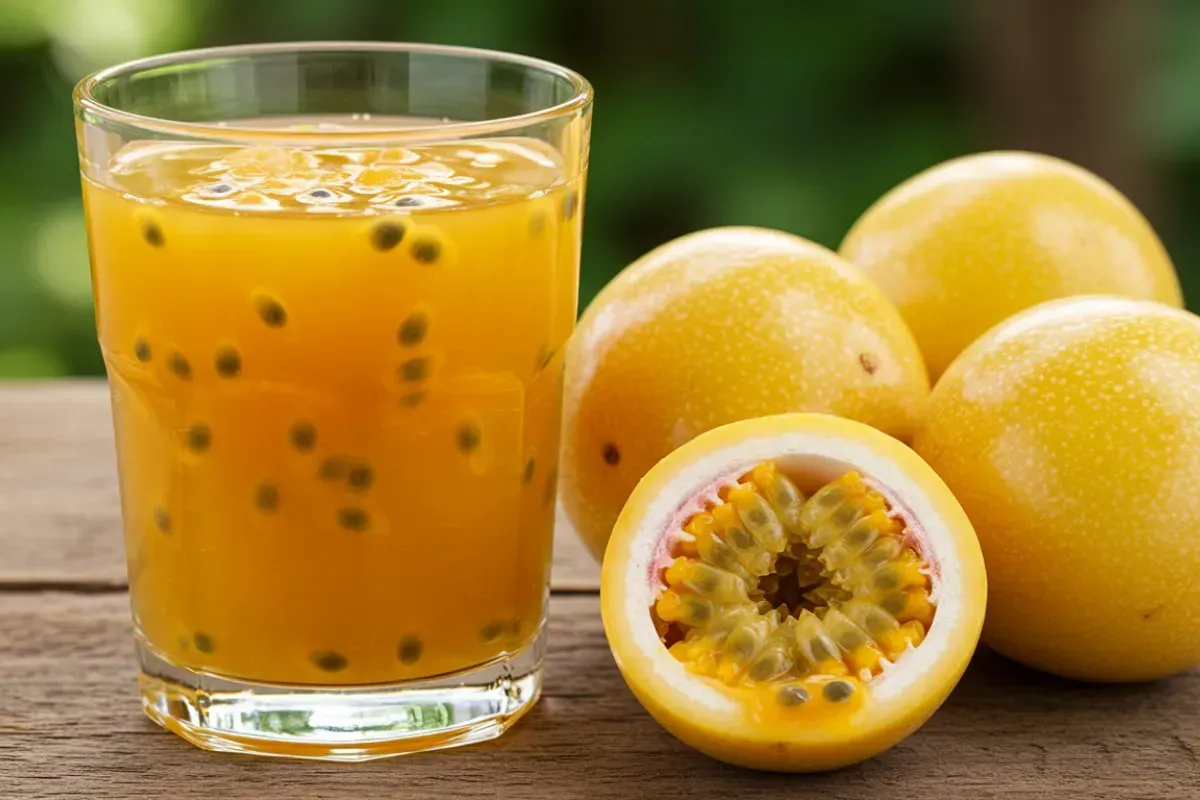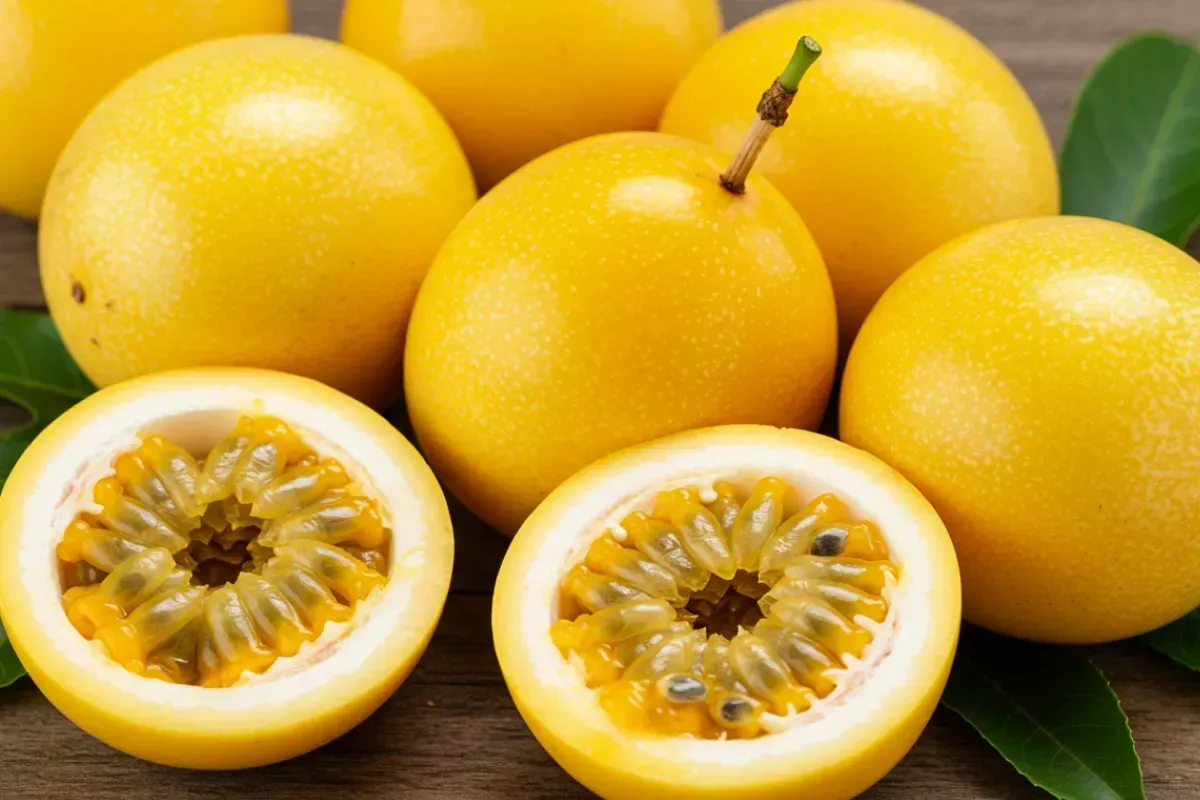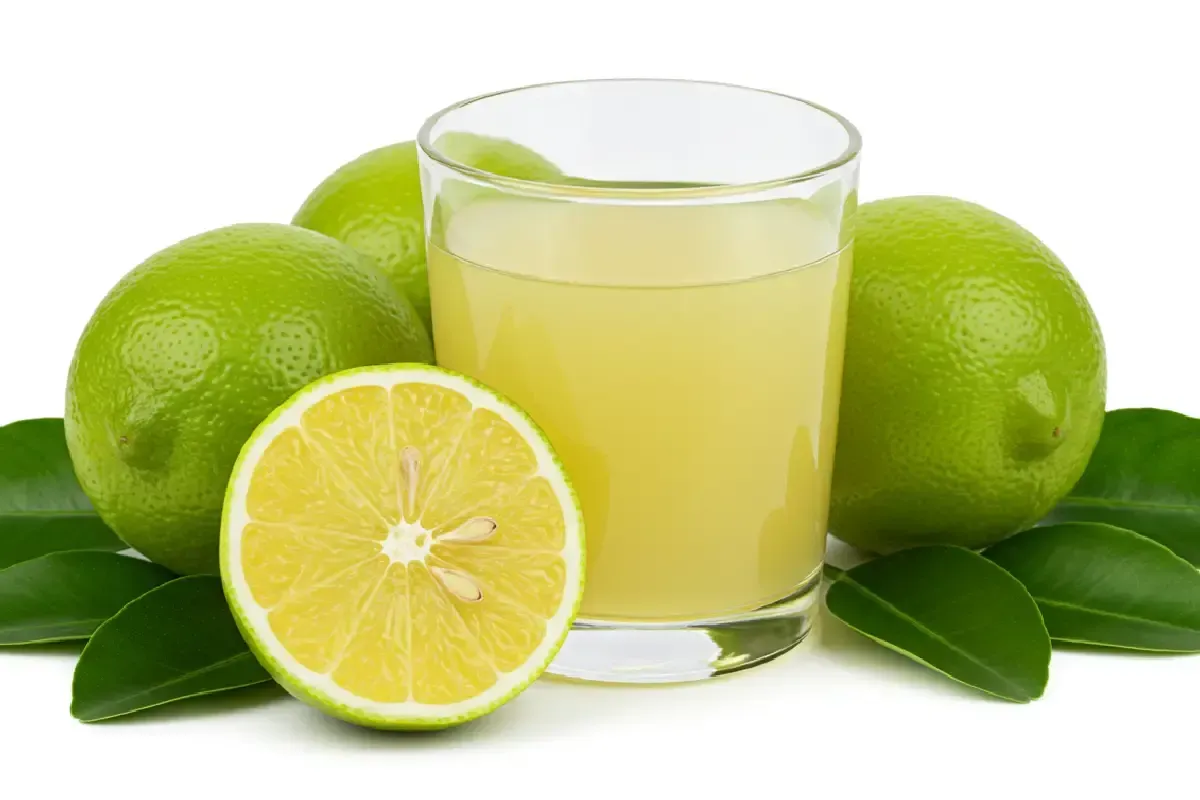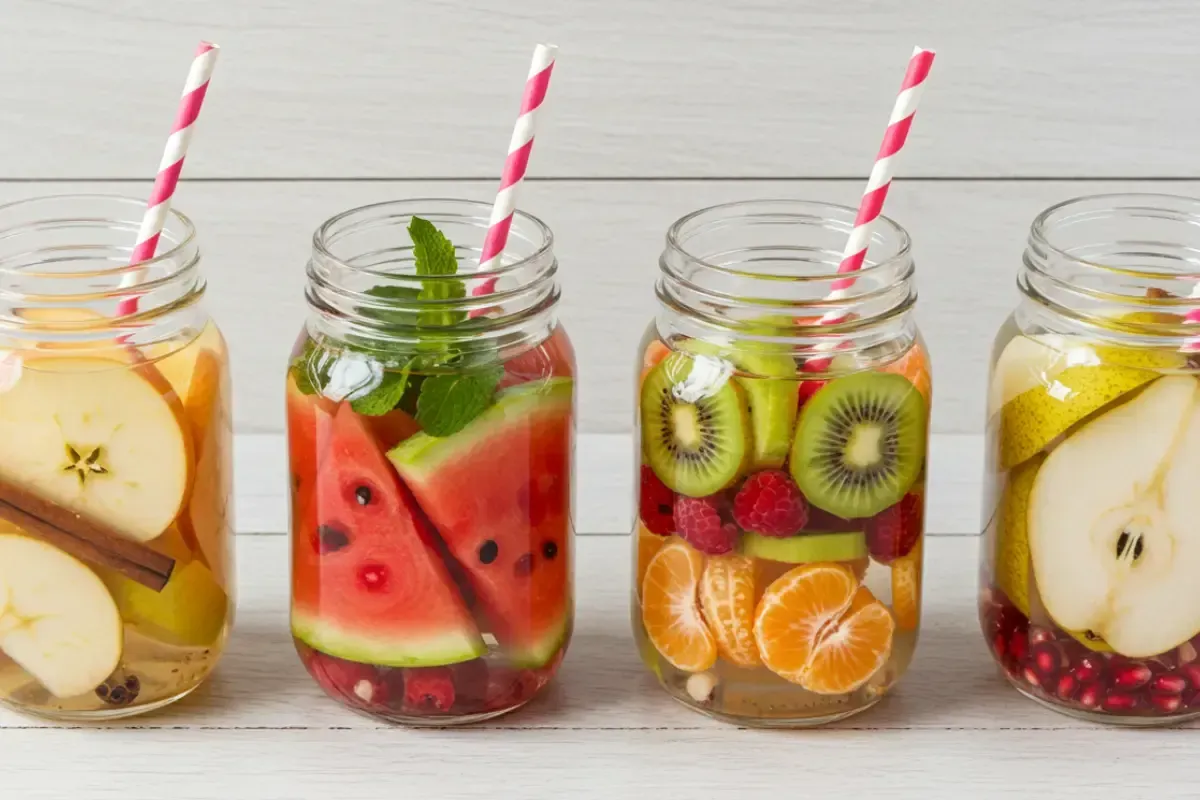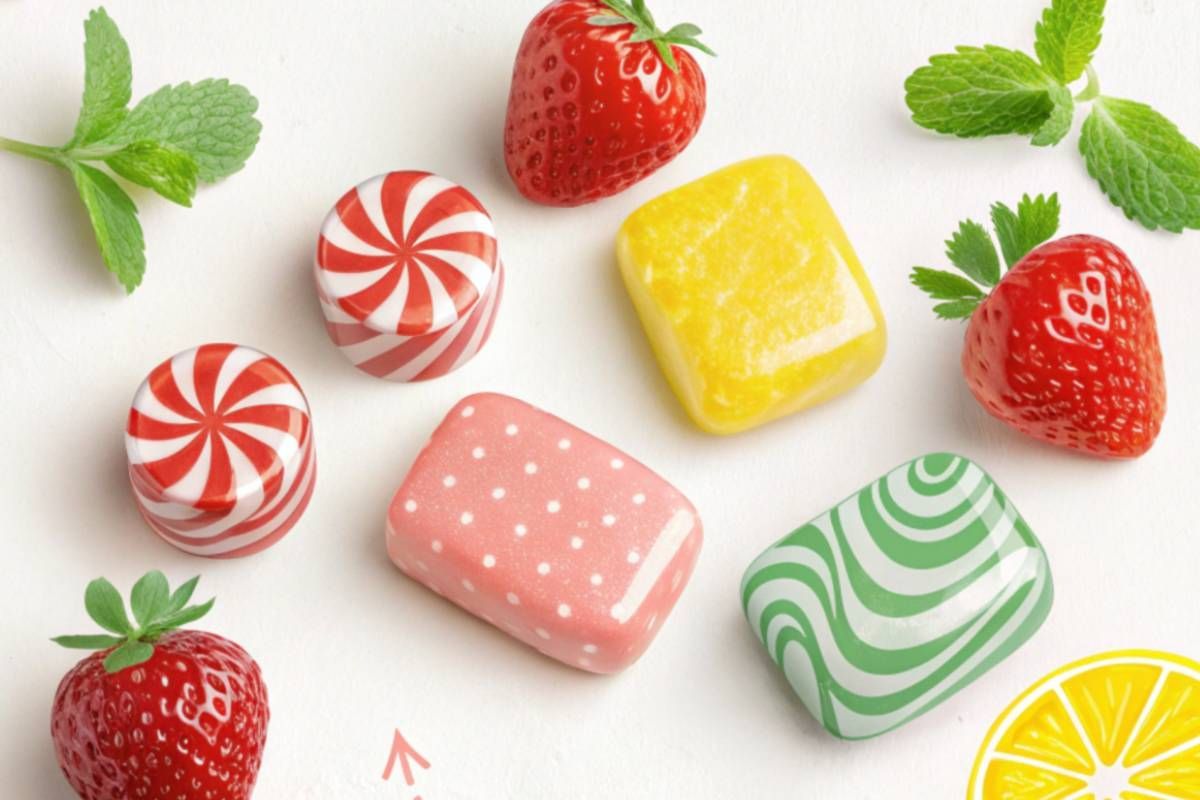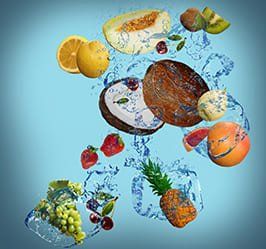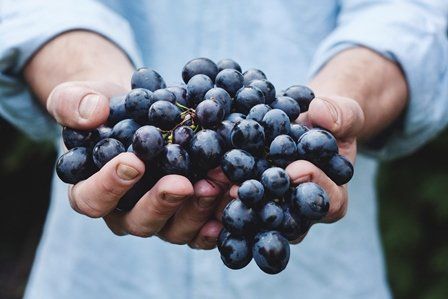Fruity Mocktails: Boost Your Product Range | Alimentos SAS
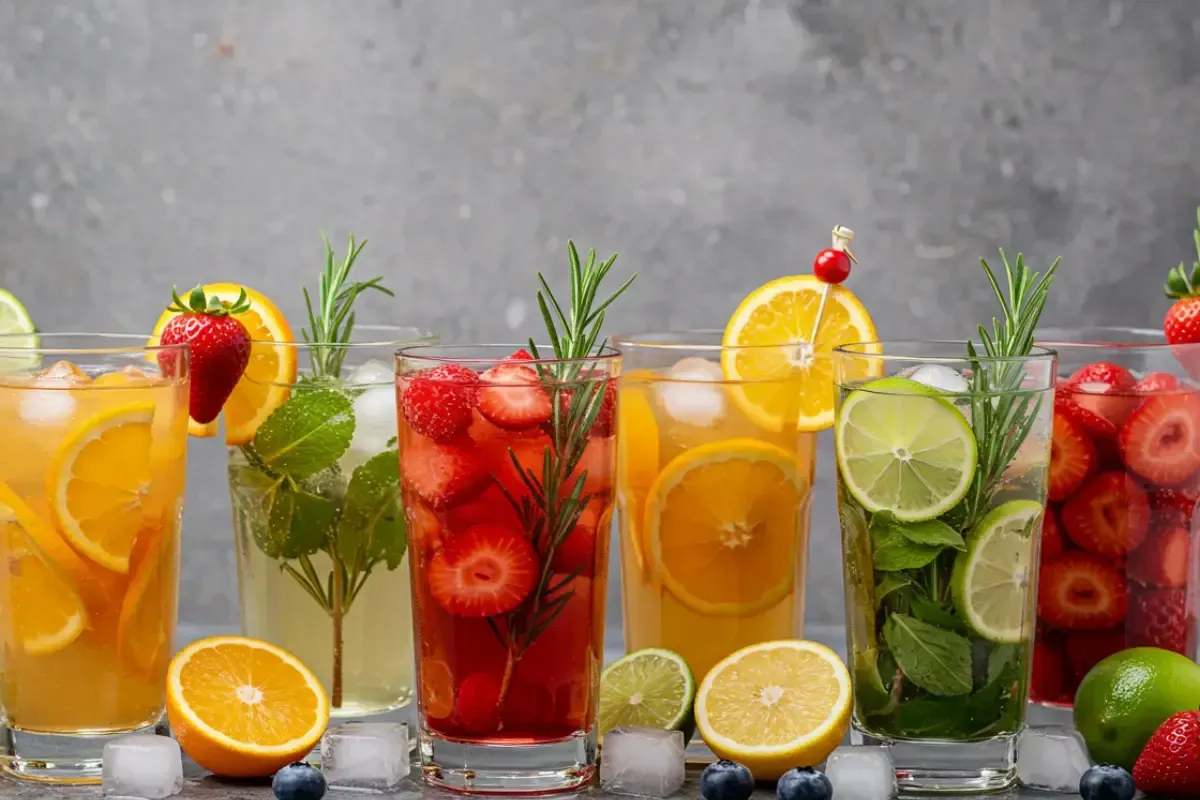
We currently consume fewer alcoholic beverages than in the past. This trend is particularly noticeable among younger people, who are increasingly favoring alcohol-free socializing. In parallel, there is a growing interest in non-alcoholic beverages that still offer an engaging experience (Beaton, 2024). In this context, fruity mocktails have emerged as an excellent option to diversify the food and beverage offering while also ttracting new consumers.
The beverage category is highly dynamic with new products constantly being launched to meet evolving consumer expectations. From refreshing fruit slushies to specialty items like alcoholic iced teas and ready-to-drink (RTD) cocktails, the beverage landscape is constantly evolving.
Fruity mocktails are an ideal choice for catering to the specific interests of today's consumers.
The Basics of Fruity Mocktails
The term ‘mocktail’ is a modification of ‘cocktail’ and to a non-alcoholic version of a cocktail. It is crafted to offer the taste and even the sensory experience of an alcoholic beverage. Mocktails typically combine fruit juice, fruit-flavored water, sodas, herbs, syrups, and other ingredients (Raphael, 2024).
The production of mocktails also involves the use of specialized ingredients. This includes spirits and de-alcoholized wines, which provide the complexity in flavor and aroma without the alcohol content. Other examples include adaptogens, such as ginseng, reishi mushrooms, and ashwagandha. These natural substances help reduce stress and promote energy and relaxation (Asmelash, 2024).
The Trend of Not Consuming Alcohol
Although alcohol consumption remains prevalent among adults, it is on the decline. Millennials and Generation Z gravitate much less toward alcoholic beverages than their Generation X and Boomer predecessors. For one thing, young people are more aware of the reach of social platforms. As a result, they refrain from drinking alcohol to avoid starring in an embarrassing viral video due to its effects (Beaton, 2024; Raphael, 2024).
Health concerns also contribute to this trend (Beaton, 2024). In fact, the emerging adult beverage sector is growing with low-alcohol products, such as hard seltzers, and alcohol-free options like CBD and THC drinks, as well as fruity mocktails (Beverage Marketing, 2024).
Production Trends of Fruity Mocktails.
The global mocktails market is estimated to have a compound annual growth rate of 8.05% over the next few years, reaching a value of $142.65 million by 2028 (TechNavio, 2024).
As mentioned, these beverages combine different elements to create a special drinking experience. One of their main ingredients is fruit, which contributes flavor, aroma, color, and nutritional value. Fruits can be used in juice, pulp, syrups, or even vinegar. Fruity mocktails align with the consumer trend of choosing non-alcoholic beverages primarily for their flavor (Kakadia, 2024).
In this way, fruits offer a wide range of combinations to create attractive products. Here are some popular examples of fruit blends that can be incorporated into mocktails (Graham, 2024):
- Blackberry and blueberry with citrus, or tropical fruits such as mango and pineapple.
- Cherry with citrus, especially lemon.
- Coconut with tropical fruits such as pineapple, mango, and passion fruit.
- Grape with sweet fruits such as apple and pear, or slightly acidic fruits like strawberry.
- Lemon and orange, which enhance the flavors of most fruits, are stars in fruity mocktails as they bring freshness to the mix.
- Pineapple with tropical fruits such as coconut, mango, and tamarind.
- Strawberry with other berries, melon, peach, and apple.
Penetrating the Mocktail Market
Food producers can enter this market in several ways. On the one hand, they can create ready-to-eat, single-serve, portable products. This responds to the demand for convenient and practical beverages. On the other hand, they can produce fruit bases for making these drinks at home or in food establishments. In either case, these products can be marketed through third parties or directly to the end consumer, using methods such as e-commerce and pop-up outlets.
It is worth noting that fruity mocktails also provide an opportunity to enter the market for healthy, natural, low-sugar beverages. Promoting them as such is a smart decision to appeal to the health-conscious consumer (IMARC Group, 2024).
Bibliographic References
- Asmelash, L. (2024). No longer drinking? There are options for you. CNN.
- Beaton, E. (2024). Tapping Out: 2024 is Mocktail Time for Gen Z. The Food Institute.
- Beverage Marketing. (2024). 2023 Alternative Adult Beverages in the U.S. Research and Markets.
- Graham, C. (2024). Fruit Flavor Pairing in Drinks. The Spruce Eats.
- IMARC Group. (2024). Non-Alcoholic Beverage Market Report by Product Type, Packaging Type, Distribution Channel, and Region 2024-2032. Research and Markets.
- Kakadia, K. (2024). Mocktail Industry Growth Statistics and Trend. [Mensaje de blog] Sociallyin.
- Raphael, R. (2024). The Rise of Mocktails and Its Impact on Alcohol Consumption Trends. Greenbook.
- T. Hasegawa. (2022). Food and Beverage Flavor Trends Report.
- TechNavio. (2024). Mocktails Market 2024-2028. Research and Markets
